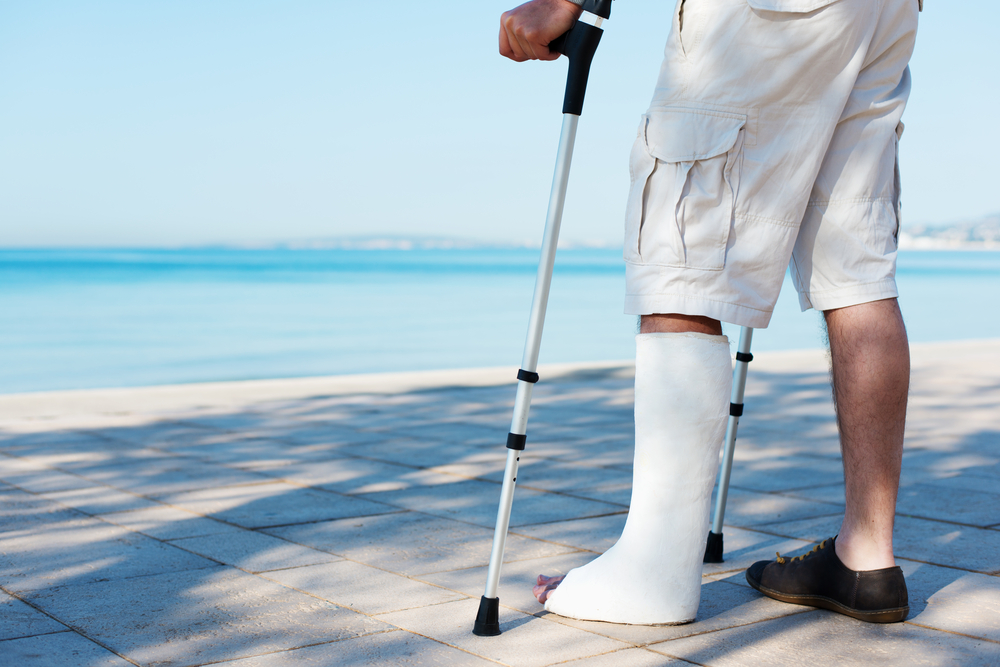In a year when the World Health Organisation (WHO) has demanded action to lift rehabilitation services globally to improve patient lives and save money, Australia’s leading rehabilitation research group, the Hopkins Centre, is arguing that rehabilitation represents both value for money and better outcomes.
Hosting its first international research symposium (Tuesday 14 November), the Hopkins Centre – a joint initiative of Griffith University and Brisbane’s Metro South Health Service – will present evidence that rehabilitation makes a difference at every stage, from the acute ICU environment for critical spinal injury patients to prevent respiratory failure, through to vocational programs to get people with spinal injuries back to work earlier.
The WHO has endorsed a 2030 Call for Action on rehabilitation, describing the un-met need worldwide as ‘profound’.
Access to services has significantly declined
A leading policy expert from Canada will tell the symposium how access to services has significantly declined over the past few decades, creating cause for concern.
Professor Mary-Ann McColl says her experience over 35 years has shown that the proportions of people accessing appropriate rehabilitation has decreased, even though the prevalence of health conditions associated with severe levels of disability has increased by nearly 23% since 2005.
“Far fewer people get rehabilitation than the number than could benefit from it — particularly seniors,” she says. “I am stunned thatanyonegets sent home from the hospital without rehabilitation after a stroke, hip replacement, cardiac surgery, or other major disabling condition — but this is happening more often these days, especially with shorter lengths of stay.”
The symposium, themed ‘Bold ideas better solutions,’ will focus on the need to better promote the benefits of rehabilitation. Rehabilitation should be perceived as a long-term investment that brings incremental improvements to patients’ lives, when compared to breakthroughs through the development of new drugs, devices and treatments, and cutting-edge surgeries.
Director of the Hopkins Centre, Professor Elizabeth Kendall says there’s fresh hope for the Australian situation with the rollout of the National Disability Insurance Scheme (NDIS) and the National Injury Insurance Scheme (NIIS).
“These schemes are an incredible opportunity for people to receive lifelong access to the rehabilitation and disability support services that they really need,” she says.
“Unfortunately the current situation is that the assessment and planning for these schemes and the service delivery systems are not keeping pace. We need innovative solutions and fresh perspectives to ensure that the schemes deliver good outcomes rather than simply becoming money pits.
“With an improved focus on evidence-based rehabilitation, there is great scope for interventions and supports that can take patients through the rest of their life. It is very important that we get this right.
“Even with the current focus on fantastic medical breakthroughs and new technology, we know that these cannot work without good rehabilitation systems in place.”
Also at the symposium, Griffith researchers Dr Pat Dorsett and Dr Vanette McLennan will be showcasing the positive feedback from a trial of ‘Back2Work,’ an early in-reach vocational rehabilitation program in partnership with Spinal Life Australia, a partner of The Hopkins Centre. This study is finding that early intervention to support people with spinal injuries to re-enter the workforce may be key in reducing delays in their return to employment.
Dr Pat Dorsett and Dr Vanette McLennan, Griffith University
Employment for individuals with spinal cord injury is associated with better life satisfaction, mental health and financial independence. However, employment rates for people with spinal cord injury remain significantly lower than the general population. Recent research suggests that early provision of vocational rehabilitation interventions may be key to reducing delays in return to employment. This paper will present the initial findings from the evaluation of the ‘Back2Work’ Early Intervention Vocational Rehabilitation Program for people with spinal cord injury.
For further information on the symposium ‘Bold ideas better solutions’ program, please visit: http://bit.ly/2AC6pJg
When​: Tuesday, November 14, 2017
8.30am – 5.00pm (please arrive at 8.00am for registration)
Where: Russell Strong Auditorium, Princess Alexandra Hospital
Woolloongabba, Queensland 4101
